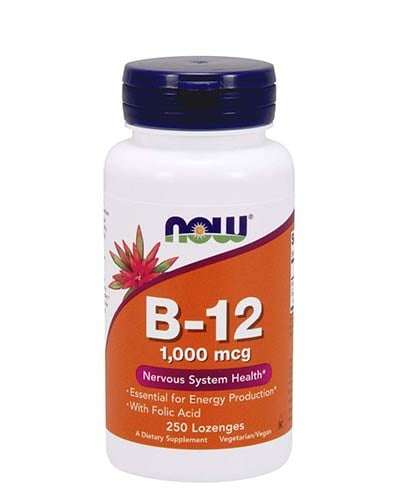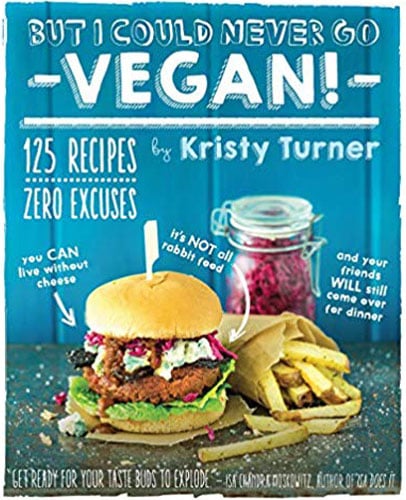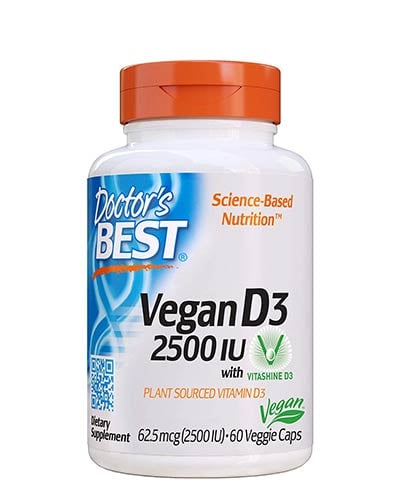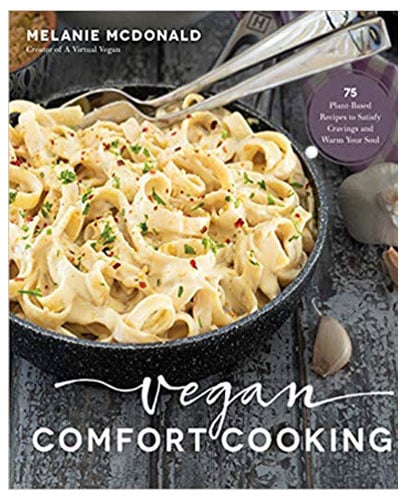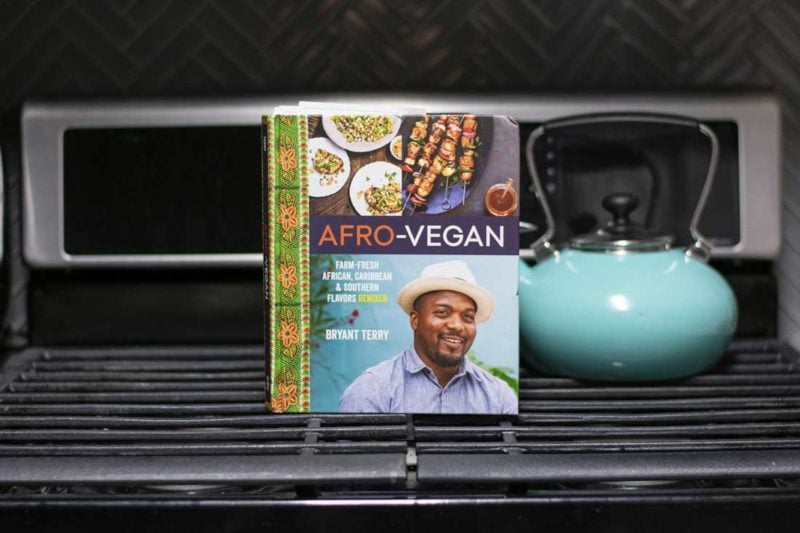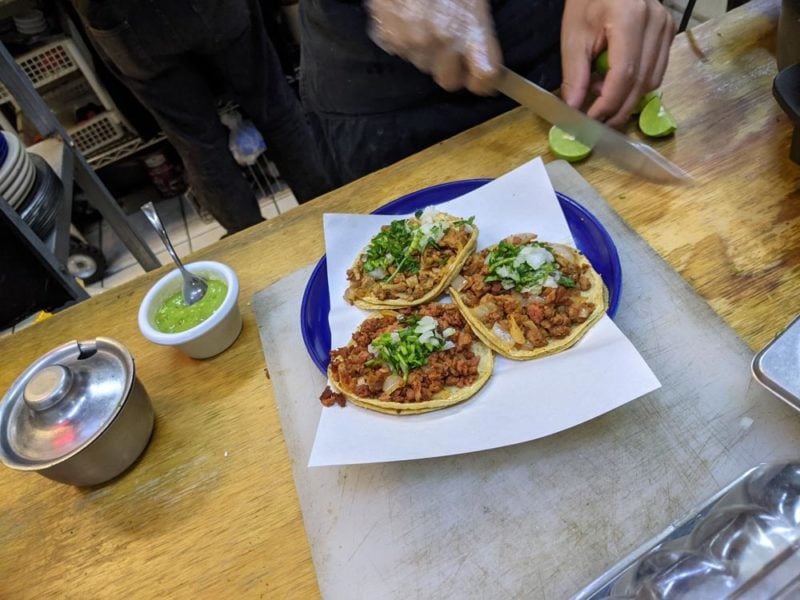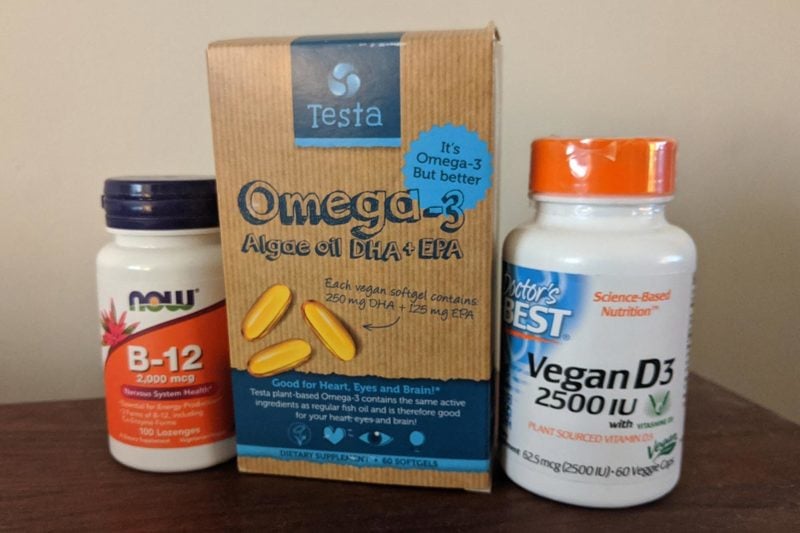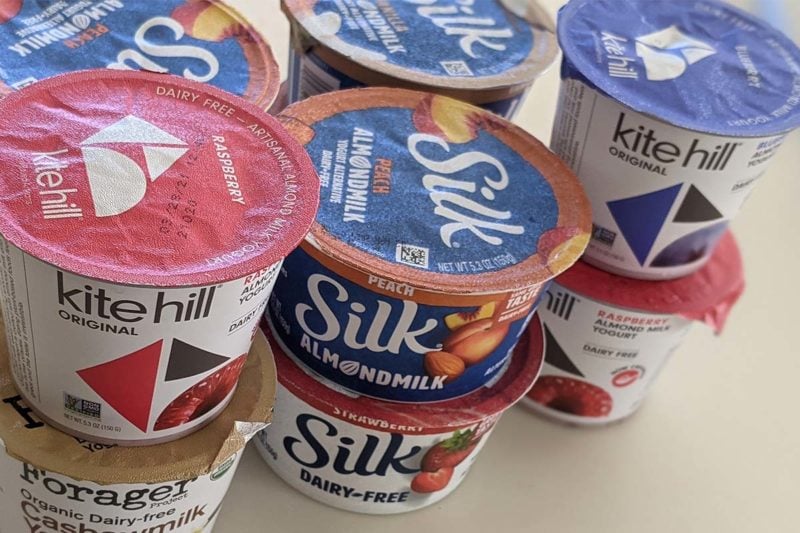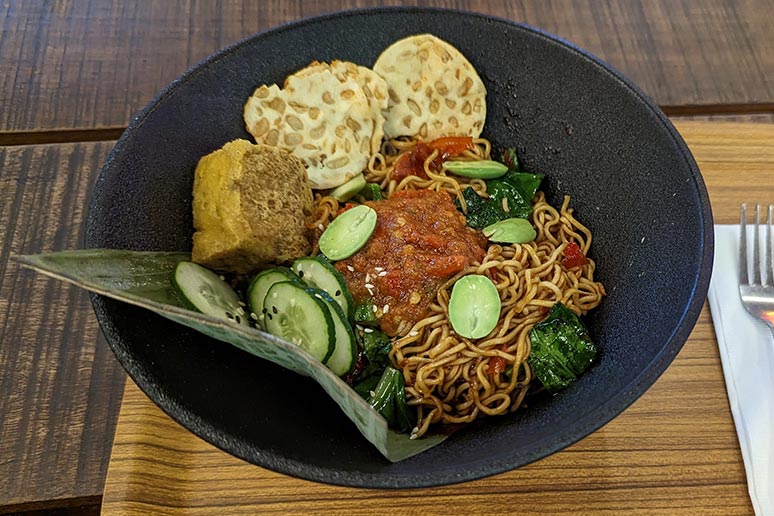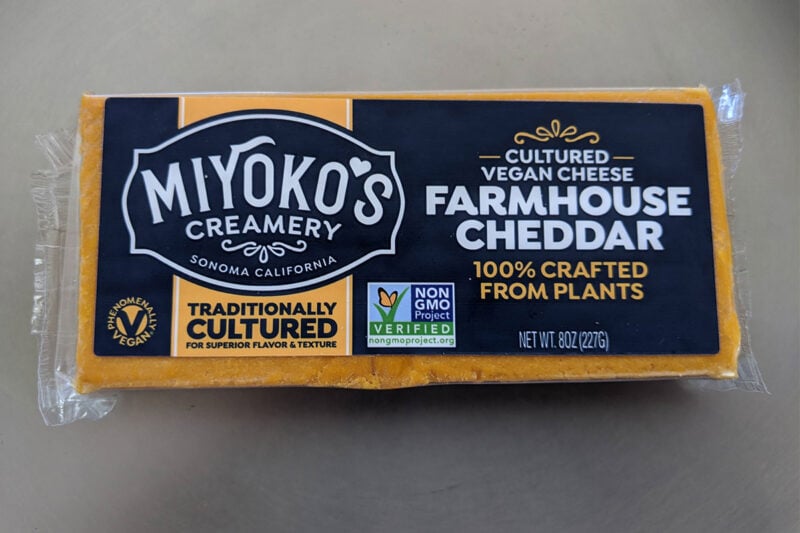Juice is a quintessential vegan food that allows you to pack a concentrated dose of fruits and veggies into a tiny serving. For instance, it can take nearly a dozen carrots to make just one glass of juice.
Nutritional Benefits
Juicing gives you one more route to consume more vegetables, especially the varieties that don’t make it into your salads or stir-fries. For instance, if you don’t enjoy eating beets or celery, you might still love juice made with these foods.
While juicing removes most of the fiber-rich pulp from your fruits and vegetables, nearly all the calories and micronutrients are retained. Since most Americans don’t eat nearly enough produce, juicing can offer a convenient way to remedy this shortfall.
Vegetable juice is hard to beat as a source of highly concentrated nutrients. When juicing vegetables at home, throwing in some leafy greens will bump up the nutrition another notch. Spinach or parsley are especially good choices.
Juice and Blood Sugar
The knock on juice is that, though it’s certainly nutritious, it is not a whole food because the juicing process removes nearly all fiber. That fiber is not only good for you, it dramatically reduces spikes in blood sugar that come from the fruit or vegetable sugars present in your juice. This is especially problematic not only where fruits are concerned, but also for beets and carrots, which both contain significant amounts of sugar.
Because of this blood sugar concern, some people avoid juice and instead eat their fruits and vegetables in whole form. Another way to deal with this problem is to drink only small amounts of juice at a time, which will significantly reduce swings in blood sugar. That may mean not ordering juice in restaurants, where they often serve it in large glasses, and instead drinking it at home. I love the occasional glass of orange juice or carrot juice with ginger, but I like to pour only a small 4 ounce (120 ml) serving.
Whether or not you keep a small serving size, you can at least avoid drinking large amounts of juice at a time as these can have the same impact on your blood sugar as drinking a Big Gulp soda.
A healthier alternative to juice is to liquefy your produce in a blender along with some unsweetened vegan milk. This mode of preparation (called a smoothie) does not remove any fiber. Both fruit smoothies and green vegetable smoothies are immensely popular among the heath conscious, and they are almost invariably a healthier choice than juice. About the only time juice would make more sense is for someone dealing with a digestive disorder that requires limiting fiber intake.
Buying Juice
You can buy bottled juices at any natural food store or supermarket. Unfortunately, thanks to a heavily publicized 1996 E. coli outbreak, nearly all juice companies resort to pasteurization. The industry tries to obfuscate the situation with deliberately misleading “flash pasteurized” marketing-speak. But any form of pasteurization involves high temperatures that negatively impact flavor.
If you want truly fresh juice, visit a juice bar. You can also get freshly-made juice at most natural food store delis, and at many vegetarian restaurants.
Juicers
You can make wonderful orange or tangerine juice using a citrus reamer purchased in a dollar store. Other kinds of juice require investing in an electric juicer. There are two main types: centrifugal and masticating, and each has its advantages.
Choosing an electric juicer from the many models available can be overwhelming, since you’ll find models at every price point. See my juicers page to make a well-informed selection.
Making Juice at Home
If you’re going to drink juice, nothing beats making it yourself. Not only do you gain total control over the quality of the ingredients, you can select your fruits and vegetables in proportions that suit your taste. Juice bars rarely add as much ginger or parsley as I’d like—I consider vegetable juice made without a thumb-sized chunk of ginger a blown opportunity.
Beets and greens are overwhelmingly strong tasting when juiced all by themselves, but they’re a delicious addition when held to about ten percent of your drink.
One way to further boost your juice’s nutrition is to use fruits or vegetables of different colors. The pigments in these colors are indicative of different nutrients. By all means go off the beaten track and experiment with unusual fruits or vegetables. A little purple cabbage or orange sweet potato, for instance, will bring a new dimension to your juice.
For further reading: Please see our vegan nutrition page and our guide to vegan eating.


